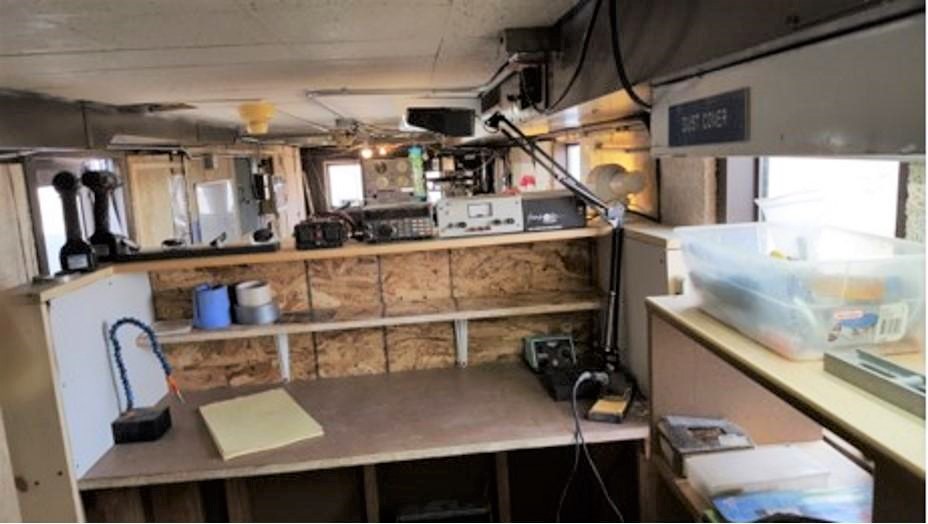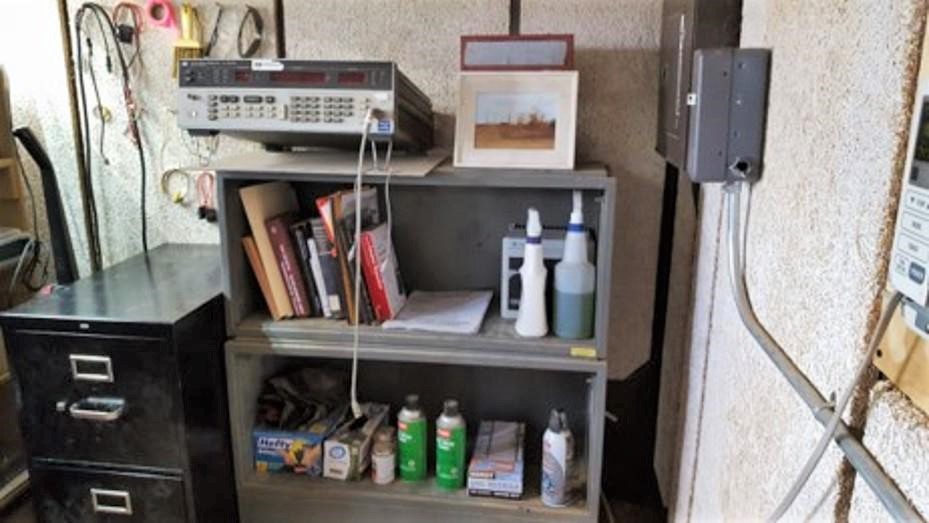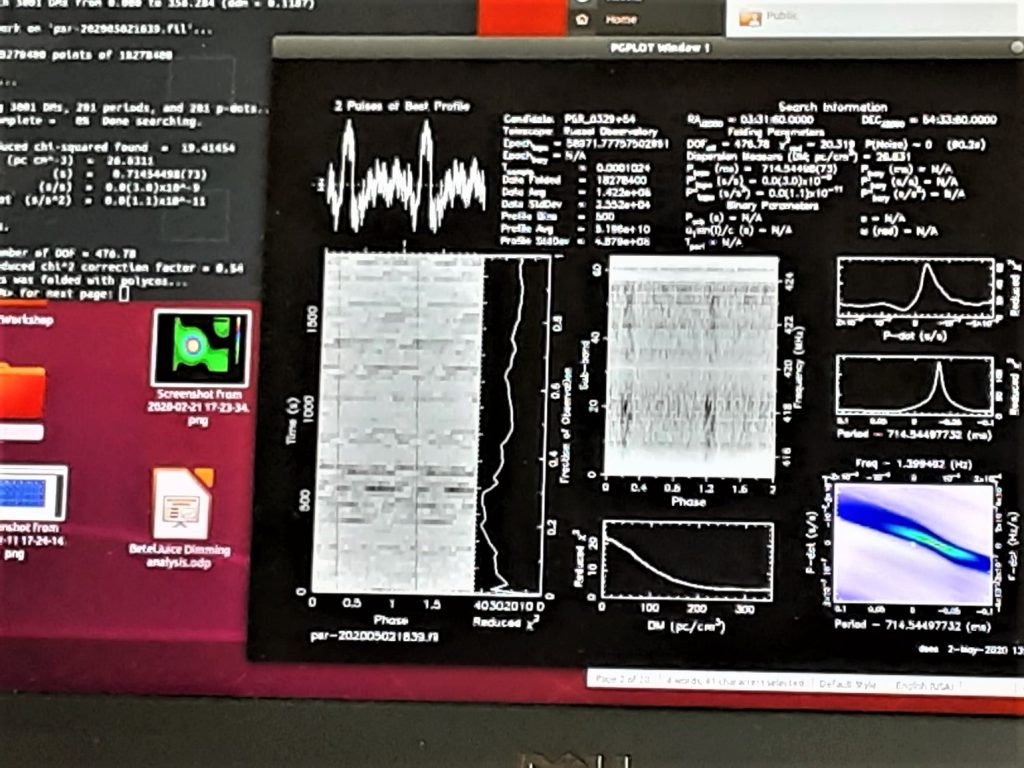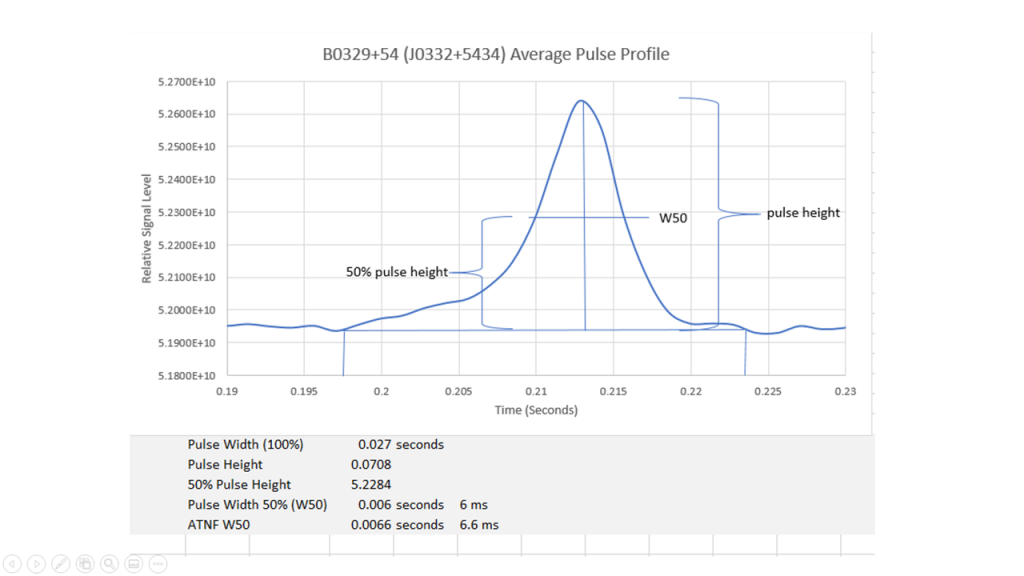Hosted online by Dr. Richard Russel.
The slides for the meeting are available here on PDF: http://dses.science/wp-content/uploads/2020/05/DSES-Science-Meeting-5-25-2020-r2.pdf
The link to the video of the meeting is at the end of this page.
*
Notes of the May 25, 2020 Science Meeting are by Bill Miller:
We had 12 participants in the virtual science meeting:
Dr. Rich Russel, Ray Uberecken, Myron Babcock, Ted Cline, Jon Richardson KU4PEH, Ed Corn, Gary Agranat, Bob Haggart, Jim Madsen K3ILC, Dave Molter, Bill Miller
Preliminaries:
Rich thinks we need Internet service at the site for some of the experiments.
When Rich and Ray went down this last weekend the transformer at the gate had blown and they had to call in the power company to come fix it so didn’t get anything else done. The power company came down, worked on it, and got it fixed.
Bill, we need to mention that everyone should read our policy on meeting and going to the site on the webpage. If you have had the virus or have had symptoms or been exposed to a positive person you should self-isolate from the group and others for 14 days and not meet of go to the site.
Rich is the SARA east conference coordinator. The August conference is virtual and is $20 to participate. http://www.radio-astronomy.org/node/279
We were placed on the Neutron star group for the pulsar observation that Rich, Ray and Bob made several weeks ago. Rich thanks the rest of the group for all the hard work that got us to this point.
http://neutronstar.joataman.net/sites/dses/index.html
Rich’s presentation:
Rich gave his presentation on Pulsar B0329+54 observation, software setup and capture.
- We had a lot of help from Steve Plock and Dr. Joe Martin (K5SO) to set up the SDR.
- All the team members have put in a great deal of time and travel into the observatory to set up the feeds, cabling, power and control system to do this.
- Ray, Bob and Rich were there for the first pulsar capture but everyone contributed.
- Used the Ettus Research USRP N210 receiver.
- Used a specially configured Laptop with a 1TB drive, Linux and Presto SW.
- Used the GNU SW by Dr. Joe Martin (K5SO).
The Presto SW builds a .FIL file with the data and time stamp.
Initial trial runs in Feb and May had the gain set too high and was saturating the receiver.
The first thing to check is the signal level of the feed and amps on a spectrum analyzer.
The site has a lot of RFI at 408 MHz right where we would like to observe so have to move up from this.
Ray added a 20dB preamp at the trailer end of the feed line.
Will move this preamp to the antenna end to compensate for the coax loss and reduce noise.
Single frequency RFI signals are filtered out by the SW.
The manual tracking works really well.
The tracking is run on the control Laptop and the Presto SW is run on the Linux Laptop.
The Initial .FIL file gave a 2 pulse display after folding the signal from several hours of data.
The Presto SW is at www.cv.nrao.edu/~sransom/presto
The SW needs input of a very accurate pulsar period. The doppler error in the period due to the rotation of the earth and its orbital velocity and position in orbit, also modifies the perceived pulsar period. Need to have the pulsar period set out to 4 or 5 decimals for the SW to fold/stack the signals to a usable observation.
The new SW takes the data, time tags it with the GPS data and creates the .FIL file.
The data from the Presto program will give a signal strength vs time for a single pulse that can be plotted using excel. This Pulsar has a W50, 50% of pulse height with width of 6.6 mSec
This pulsar is circumpolar so it can be acquired at any time of day. We need to change the mount limits to better enable this tracking without having to stop and unwrap 360 degrees if near the stop.
Most of the other available pulsars are in the Milky Way and only visible at night at this time of year.
The Murmur SW http://i0naa.Altervista.org is a good tool to find the pulsars
For low horizon pulsars with little access time, perhaps you could add the sample files from several days together to get more data and stacking strength to acquire the signal.
Scintillation is a problem that distorts the signal through the atmosphere so we need observations that are high in elevation and at the best times of day and night for atmospheric stability.
The next observing session is planned for coming Friday night or through Saturday.
We need to get at least 5 pulsars to get on the top of the neutron star list.
Jon asked, “Where is the pulsar capability going?”
Badge of honor and accomplishment.
One of the difficult things we have the facility to do.
Finding a glitch in the pulsar.
There are guys that process pulsars daily and look for anomalies.
Ray has his new quick change feed on the dish.
We can do pulsars for several months and then do EME or can receive the beacon from the moon.
https://www.google.com/search?q=OE5JFL+beacon
With Rays quick change feed, we can switch back and forth.
We can do Skips SETI observations in between other work with simple change out of the feeds.
We need a group calendar or way to communicate on the web site to schedule site trips and who is going. Need to find a way to do this.
The Zoom Meeting Recording can be found on my Drop Box link at:
https://www.dropbox.com/sh/l949mj9o2084nhs/AACnrJNys-jzNa-mwzSfG4eka?dl=0&preview=2020-05-25+Science+Meeting.mp4
Please forgive the first 5 minutes of setting up Zoom.













